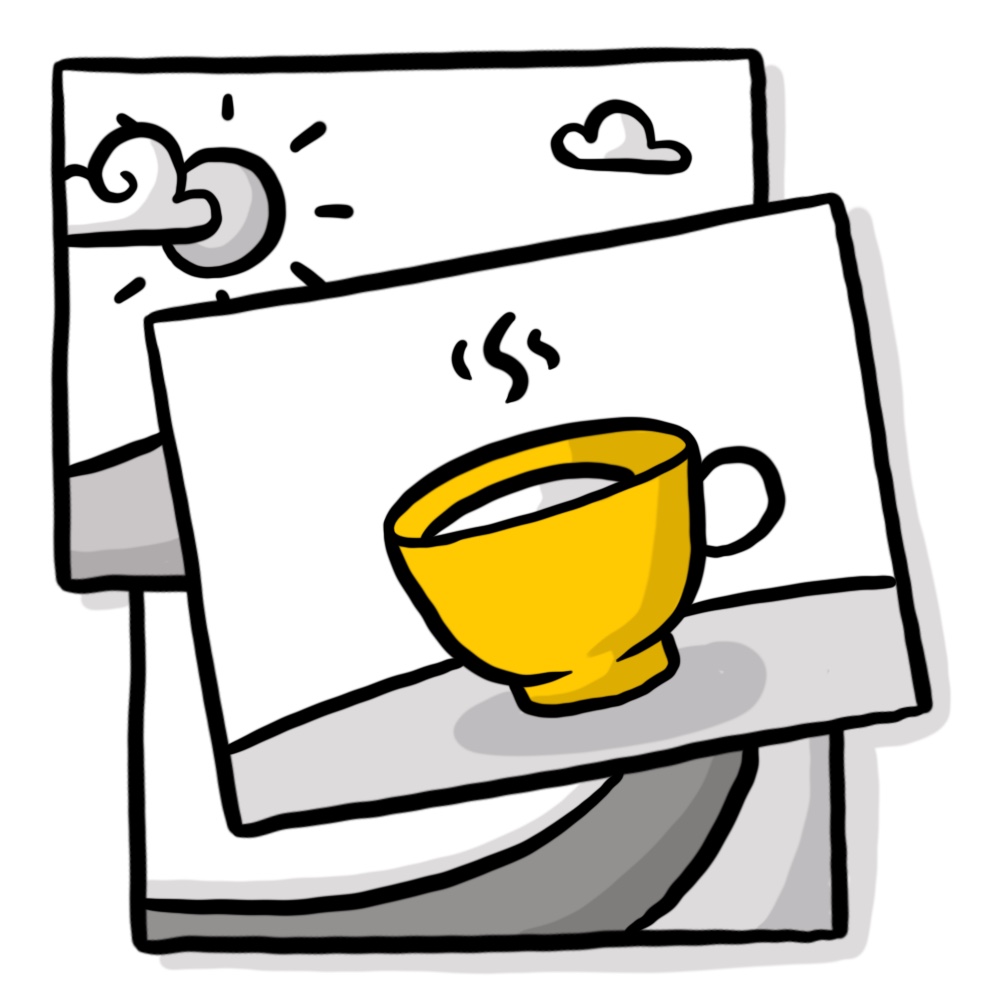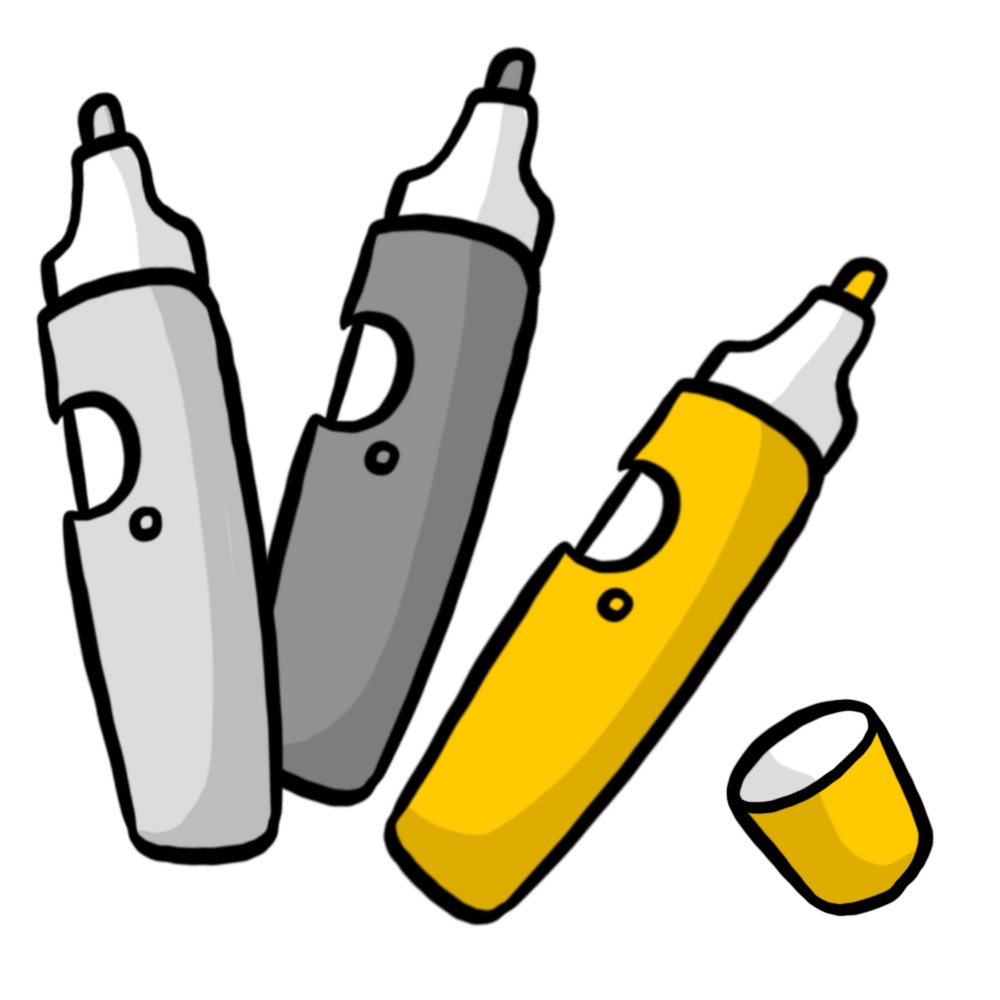
What to do when the seminar room is empty?
Let’s say your seminar is today. You arrive early to prepare everything. You enter the room. Emptiness. Where you would have expected a projector, a flipchart or whiteboard, or at least pens, you find nothing. And there is no one far and wide who can provide what is missing. The participants are on their way, it will soon start. What to do? Panic? Not us.
Because today I’m giving you a little toolbox that will enable you to use images in your seminar without any outside aids or materials. You can do that? Oh yes.
Preparation and Mac Gyver Kits
As is often the case in life, preparation is also a big plus in seminars. In order to be able to react spontaneously to circumstances, it helps to have the necessary resources ready in advance. Do you still know Mac Gyver? The daring adventurer from the 80s who was able to master the most dicey situations with just a few tools… He reacted spontaneously to what came up, used materials he found on site and sometimes also had one or two tools with him (especially his Swiss Army knife, of course).
So what are the things that we as trainers can pack in our seminar cases to be as well prepared as possible for the unexpected and rough conditions?
The Mac Gyver Kit
Chalk markers
Chalk markers (preferably white) can be used to write and draw on windows, glass doors and metal walls. They are super easy to wipe off, leave no marks and allow us to use the room as a canvas in the absence of flip charts and pin boards.
Electrostatic posters
Electrostatic paper sticks to smooth surfaces by itself. This means you don’t have to glue or staple it. If you have electrostatic paper with you, you can attach it to the wall in practically any room and then take notes there. A great backup option if you don’t have a flipchart handy.
Table display
Table displays are particularly suitable for small settings and meetings. They are available in different sizes and can be taken along and placed on a shelf or table (like a desk calendar). This way, you can either present prepared charts or work out ideas together with the group.
Laminated pictures / postcards
Many get-to-know-you exercises, feedback formats and loosening-up exercises are based on participants choosing a suitable picture and then saying a few words about it. These pictures can either be collected as postcards (in Vienna there are free postcards with exciting motifs in many bars and restaurants), drawn (before the seminar – or depending on how fast you are, on the spot or by the participants) or printed out and laminated. There are always nice calendars and pads with motivating sayings that you can cut up and use for such exercises. Such a set of pictures does not take up much space in the trainer’s case and can also be used to spontaneously activate the participants.
White cards
Speaking of drawing yourself or having participants draw. I usually have thicker (120 g or heavier) paper cards with me. Simply blank white cards (in A6 to A3, depending on the event) that I can use spontaneously to visualise something myself or have the participants draw something. Whether it’s an exercise in getting to know each other (blind portrait) or transferring knowledge (letter to myself) – blank white cards are always a hit.
Bring your own pens
Sometimes you are lucky and have a seminar room equipped with good pens. But often not. Personally, I always have my favourite pens with me (for flipchart and whiteboard). This saves me the thrill of trying out other people’s pens and the disappointment and stress when I don’t find anything useful.
Equipped like this, there’s not much that can go wrong. What are your favourite tools that you wouldn’t want to miss in the seminar to be able to visualise something spontaneously? Do you like wax crayons, paper cutters or Tipp-Ex rolls? Or are you a fan of glue rollers? Tell me about it in the comments 🙂
Author: Lana Lauren
Translation: Astrid Donaubauer
Want more? You can find all the articles in the series HERE!

Dieses Werk ist lizenziert unter einer Creative Commons Namensnennung-NichtKommerziell-Weitergabe unter gleichen Bedingungen unter gleichen Bedingungen 3.0 Österreich Lizenz.
Volltext der Lizenz







